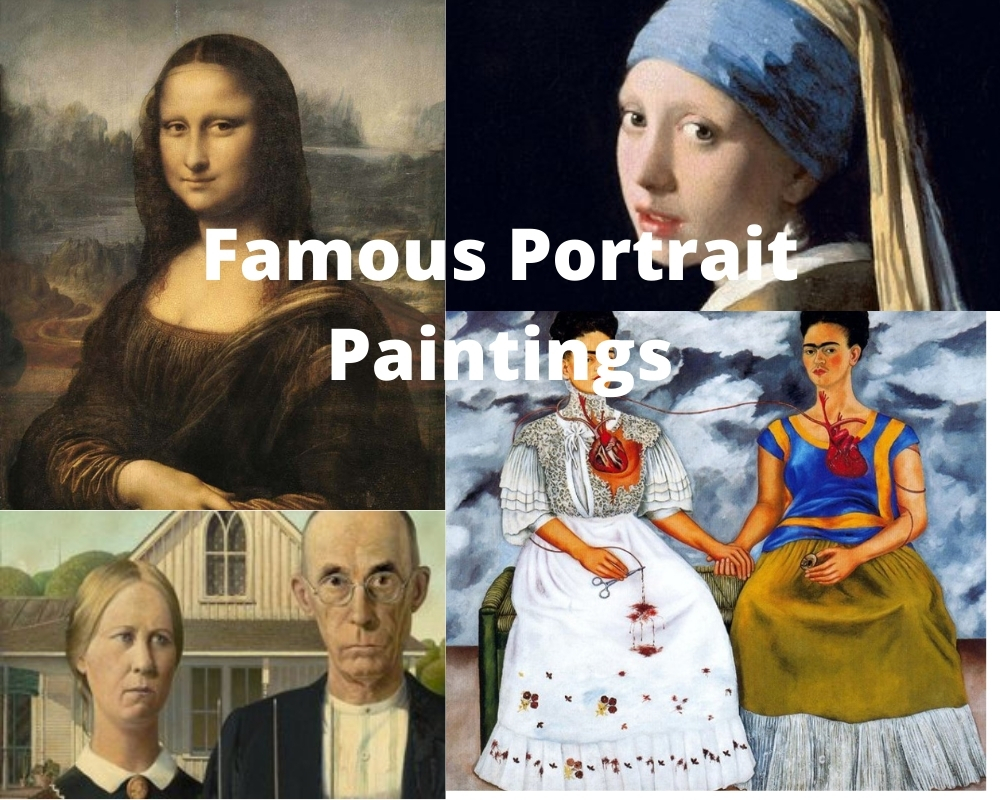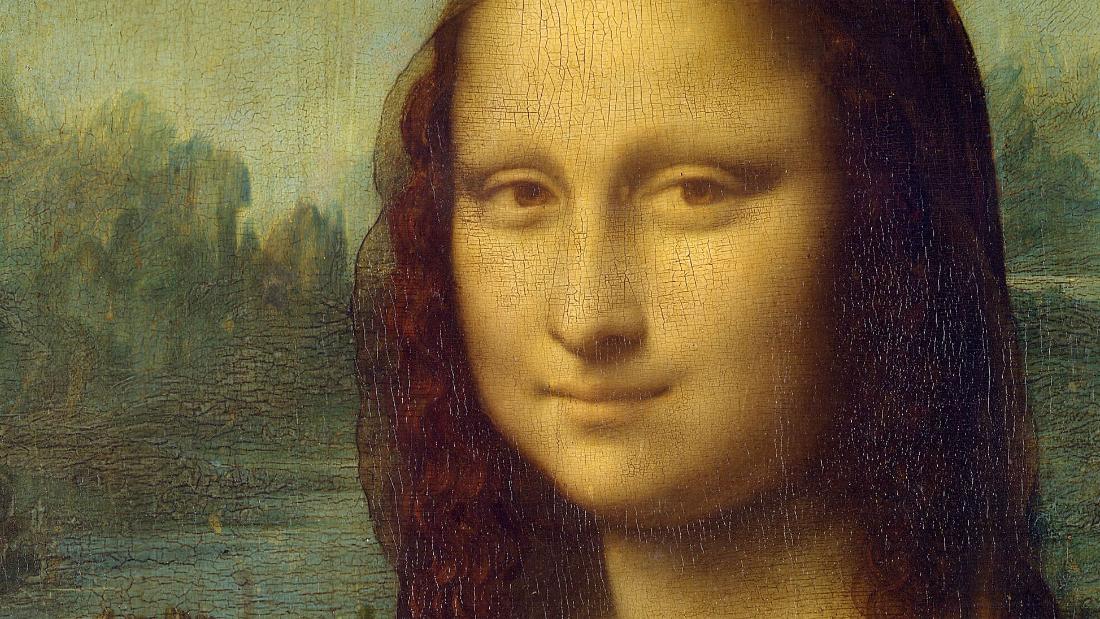

Her cloak is embroidered with eyes and ears, the serpent of wisdom, and the celestial armillary sphere. In particular, the queen’s clothing has much to tell us. Perhaps most curiously are the subtle symbolic elements of the painting. Her hair is uncharacteristically loose beneath a stunning headdress. Her linen bodice is embroidered with spring flowers and a mantle draped over one shoulder. Though the portrait was made when the queen was in her sixties, in this painting an ageless Elizabeth appears dressed as if for a festival. It is perhaps the most symbolic portrait of the queen in existence. This painting, made between 1600-1602, is attributed to Marcus Gheeraerts the Younger. Marcus Gheeraerts the Younger, The Rainbow Portrait, 1600–02. In the background, a young woman can be seen sewing, perhaps preparing a dressing for the child.Īttrib.

The fact the Gabrielle does not wear the ring but rather pointedly holds it out for the viewer to see confirms the ring as an intentionally symbolic component of the painting. The ring could easily symbolize, marriage, commitment, the cycle of life, wealth and status or all of the above. The strange gesture is often interpreted as a coy announcement that Gabrielle is pregnant with King Henry’s illegitimate child, César de Bourbon.įurthermore, the ring that Gabrielle holds is thought to be Henry’s coronation ring, a token of the King’s love given on or before the occasion of her pregnancy. Gabrielle holds a ring while the unnamed sister pinches d’Estrées’ right nipple. The painting curiously portrays Gabrielle d’Estrées, the mistress of King Henry IV of France and her sister, sitting nude in a bath. Gabrielle d’Estrées and one of her sisters is a painting by an unknown artist around the year 1594. Unknown author, Portrait présumé de Gabrielle d’Estrées et de sa soeur la duchesse de Villars, c. Gabrielle d’Estrées et une de ses sœurs by an Unknown Author Art historians agree that the couple are members of the Burgundian court life wherein men and women were considered equal. The wife however looks directly at her husband signifying their equality. His hand is vertically raised, possibly representing his authority, whilst her’s his in a lower, more submissive pose, facing palm up to her husband. The man and women also hold hands in a curious manner.


The man stands close to the window representing his engagement in the public sphere while the woman is closer to the bed referencing her role as the manager of the home. Other notable elements of the painting include the positioning of each subject as well as their poses. Details in the painting such as the snuffed candle above the woman, the scenes after Christ’s death on her side of the background roundel, and the black dress of the man, could support this theory. The woman in the painting rests her hand upon her round belly as if indicating pregnancy. It has been proposed that Giovanni di Nicolao’s first wife Costanza Trenta died in childbirth by February 1433. The portrait likely commemorated the pair’s wedding though it is also possible that it marks the death of his wife. This austere famous portrait paintings was made in 1434 by the Early Netherlandish painter Jan van Eyck. The identity of the couple in the painting is unknown though it is likely that they are Italian merchant Giovanni di Nicolao Arnolfini and his wife. Jan van Eyck, The Arnolfini Portrait, 1434


 0 kommentar(er)
0 kommentar(er)
